This is a continuation on the “Where we live” series. The Chesapeake Bay has undergone similar changes to the San Francisco Bay as the population increased along its shores. As the largest estuary in North America (not the longest, which is the Indian River Lagoon in Florida), it is not surprising that the watershed of the Chesapeake Bay flows through six states and covers an area of 64,000 square miles. Flowing from the watershed and into the Bay are over 124,000 miles of rivers and streams!
Due to the relatively shallow average depth of the Bay (at nearly 21 feet) the sun can reach the bottom easily and makes for a productive ecosystem. Just about 40% of the nation’s blue crab commercial blue crab harvest comes from the Chesapeake Bay. Nearly, 300 hundred species call the Bay their home during some part of their life cycle. Birds have come to rely on the diverse community for sustenance while making their way along the Atlantic Flyway.
As I mentioned above, the Bay has undergone changes in recent history. These changes have been rather unfavorable as more and more people flock to the the shores of the Bay, disturbing the natural balance. The Chesapeake Bay Program is an organization leading the way it the restoration efforts and is often seen as the model on how to mitigate the effects of man and maintain a healthy existence of man and nature.

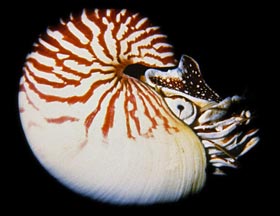
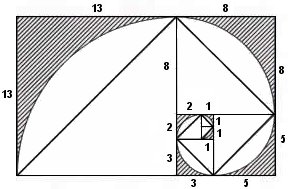
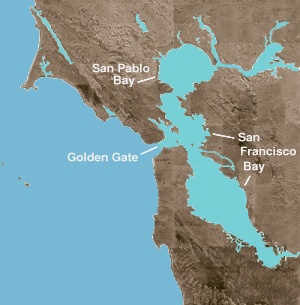

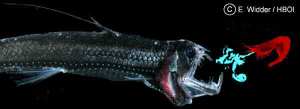
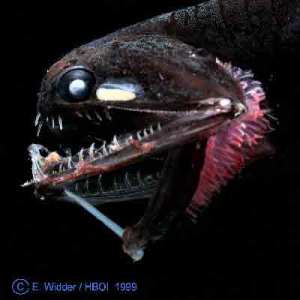


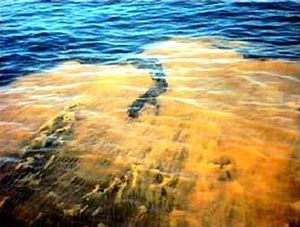








What people are saying …